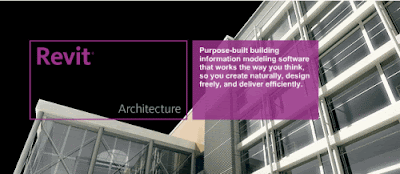
BETTER HOMES AND GARDENS INTERIOR DESIGNER 7.05
Create the look and feel before you build, remodel or decorate with actual colours, flooring , furniture, windows and more. Begin with a pre-defined Better Homes and Gardens Home style template or choose from one of 1,500 sample plans to inspire your own custom design.
Create the look and feel before you build, remodel or decorate with actual colours, flooring , furniture, windows and more. Begin with a pre-defined Better Homes and Gardens Home style template or choose from one of 1,500 sample plans to inspire your own custom design.










































